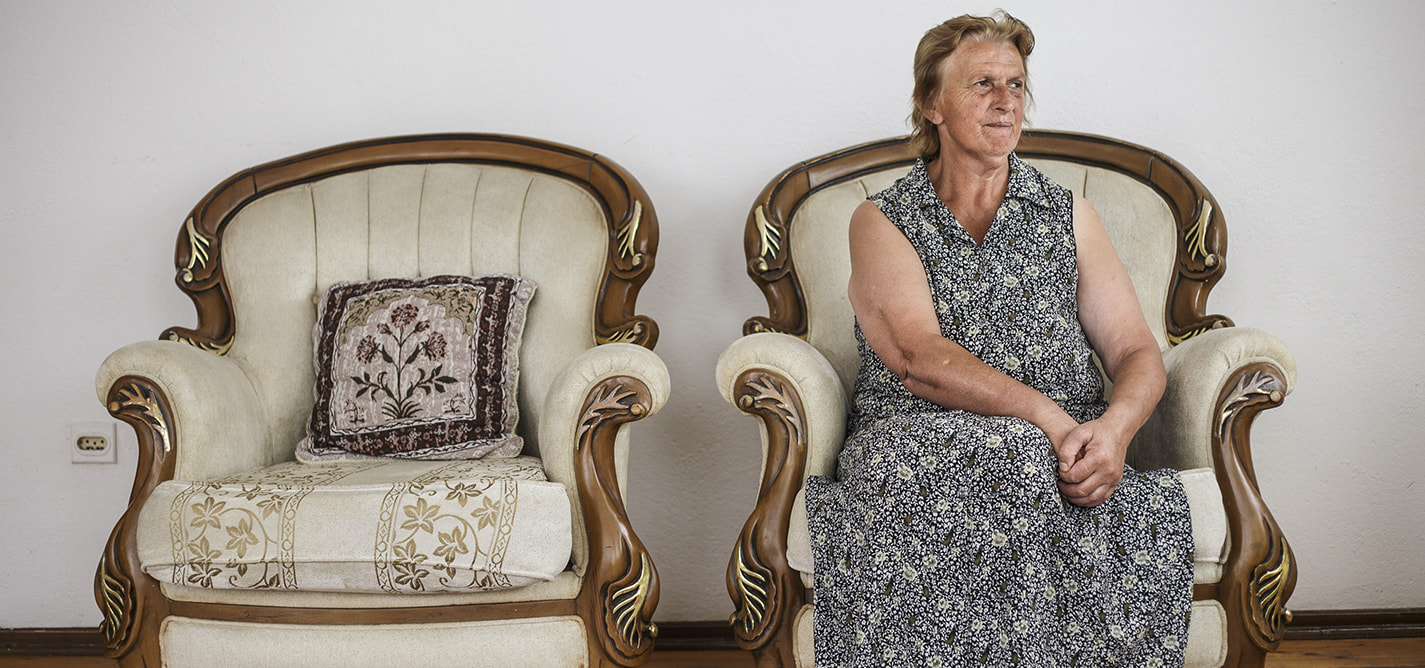
Three families, three regions, nine children killed
Family members remember their children killed during the Kosovo war.
|07.08.2019
|
April 18, 1999 would begin as a usual day for Fatime and her family, as far as a day can be called usual in times of war.
Only two pairs of pants, a shirt and some photos to remember them by would survive.
Everything would happen in half an hour.

Nerina Guri
Nerina Guri is a former K2.0 staff journalist, mainly covering culture. Nerina has a master’s degree in Gender, Development and Globalisation from the London School of Economics and Political Science in UK.
This story was originally written in Albanian.